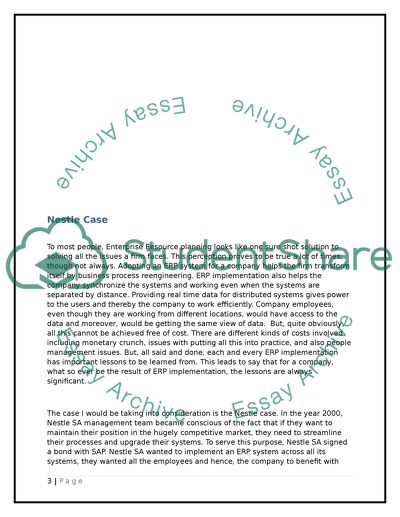Cite this document
(“SAP ERP Implementation [ A Case Study of Nestle USA] Research Paper”, n.d.)
Retrieved from https://studentshare.org/information-technology/1431379-sap-erp-implementation
Retrieved from https://studentshare.org/information-technology/1431379-sap-erp-implementation
(SAP ERP Implementation [ A Case Study of Nestle USA] Research Paper)
https://studentshare.org/information-technology/1431379-sap-erp-implementation.
https://studentshare.org/information-technology/1431379-sap-erp-implementation.
“SAP ERP Implementation [ A Case Study of Nestle USA] Research Paper”, n.d. https://studentshare.org/information-technology/1431379-sap-erp-implementation.


